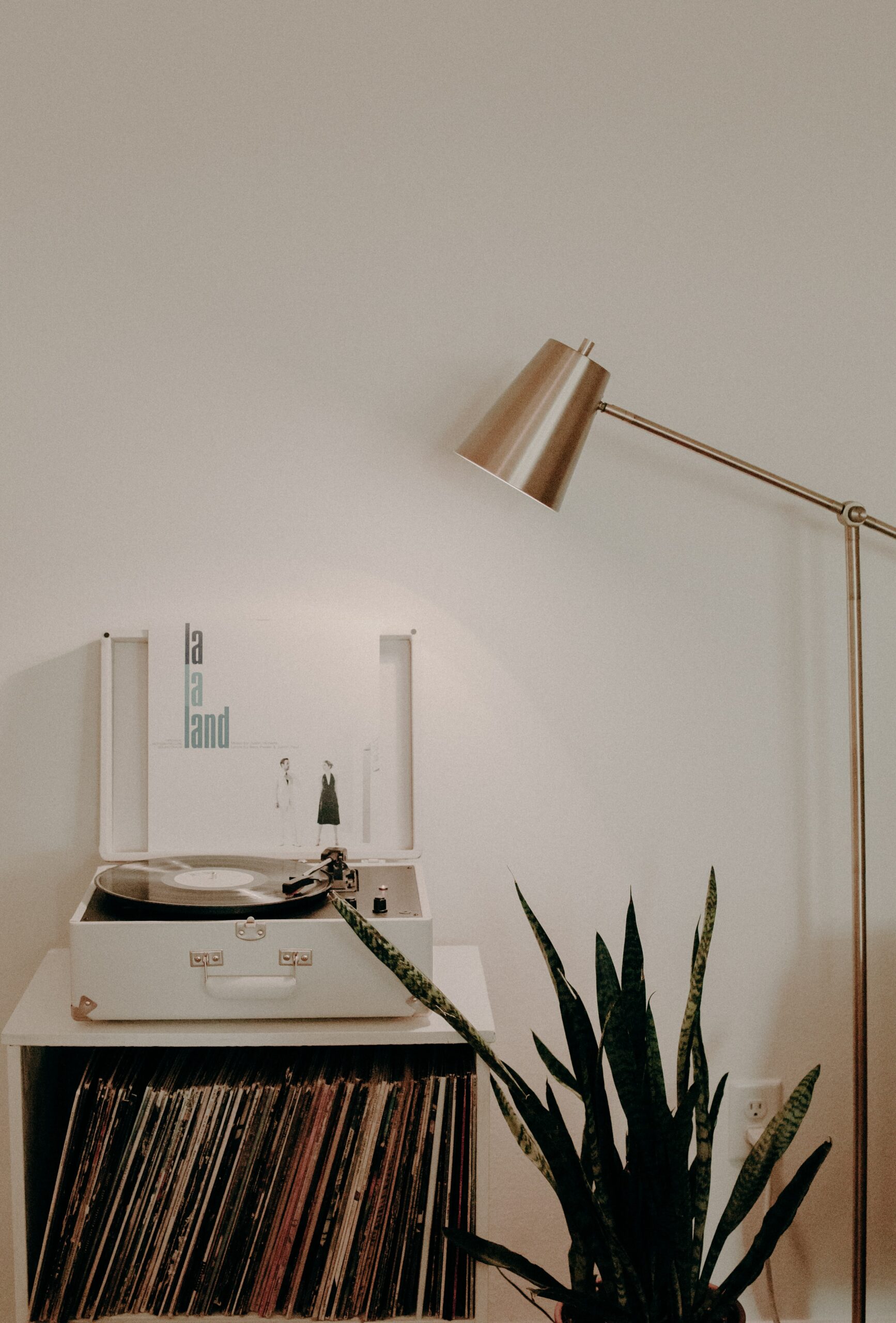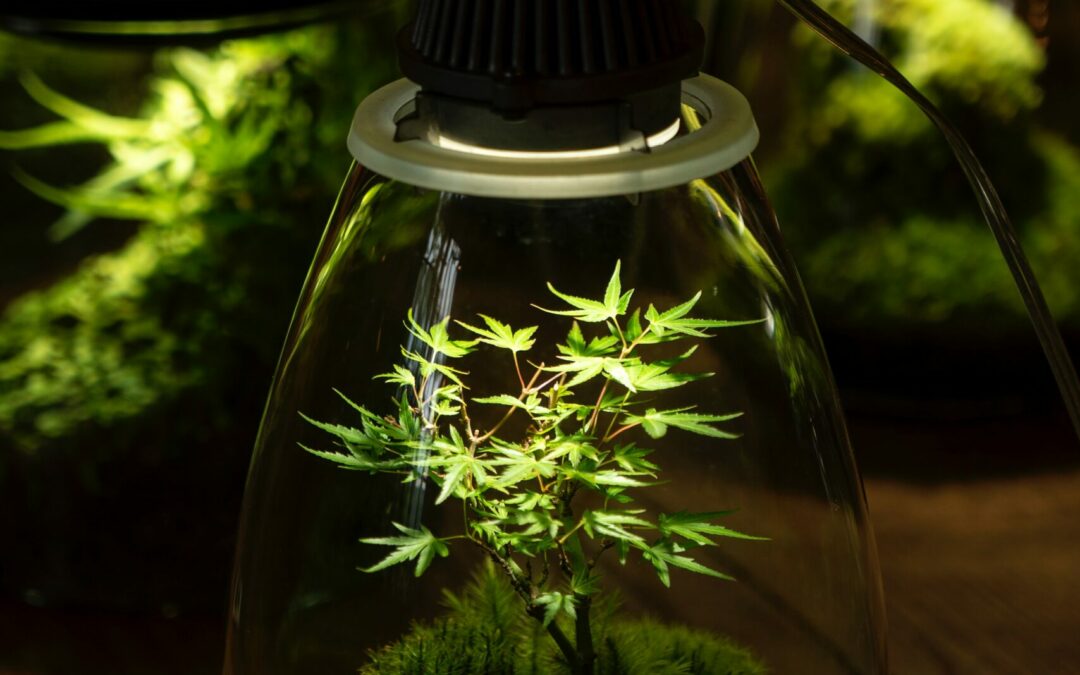Grow Lights
Shorter winter days may have you wondering whether or not you’ll be able to keep your indoor plants alive. With the sun rising later and setting earlier, it may be difficult for your plants to get as much sunlight as they need to survive! Lucky for you, grow lights are always a great option to get your plant friends some extra UV rays during the day. Some people feel hesitant towards using them because they can sometimes be unattractive and they don’t really understand how they work. If you want to learn what grow lights are and how to seamlessly incorporate them into your home’s interior design, read the sections below!
How do Grow Lights Work?
One common misconception is that plants need EITHER sun OR grow lights. Ideally, plants would be able to photosynthesize without extra help from artificial light. Grow lights really should only be brought into the picture when plants are being grown in areas, seasons, or conditions where they aren’t normally meant to. For example, growing a tropical Monstera in Utah Valley, UT, might not be ideal. However, grow lights and other tools can help you make it more ideal! Another great example is a greenhouse. Growers might need to utilize grow lights and shading during the fall to grow the perfect Poinsettia flowers for the holiday season.
On the same note, grow lights shouldn’t completely replace sunlight if it’s available. They are a great supplement and can provide all the light a plant needs to survive. However, the sun provides the perfect balance of wavelengths that every plant needs, so if it’s possible try to not cut the sun out completely.
Scientifically, grow lights work in a really fascinating way. They are simply lights that are designed to emit a wavelength of light that is similar to the sun’s. While they all work to mimic the sun, there are actually a few different kinds you can buy depending on what you’re trying to grow.
What are the different kinds?
There are 3 main types of grow lights: Incandescent, Fluorescent, and LED. LED are typically the most effective and last the longest, making them a favorite among grow light users. Fluorescents are a little pricier, but they last a long time and have a low heat emission which is a great choice for most plants. Finally, there are incandescent bulbs. These are the cheapest option, but are the least effective for growing plants and can get really hot which most plants don’t like. Before buying a certain kind of bulb, think about how far away from your plant it will be and the purpose it will serve. If your plant depends on the grow light for survival, going with a fluorescent or LED light will be the best option.
How can I disguise them?

A lot of people dislike grow lights because they can often look unappealing. However, there is a way to make them look better and blend in with your home decor. There are a few different ways you can disguise a grow light, but mostly it depends on where your plants are.
- If you have a big statement plant that takes up a corner in your living room (ie: a Fiddle Leaf Fig or large Monstera), try and find a grow light that can be disguised as a lamp. You can place it near your plant with the light shining on it without it looking too suspicious.
- If you have a plant wall, you can disguise your grow lights as trendy gallery wall lights that can be purchased pretty much anywhere. This will light up your wall and give your plants the rays they need!
- If your plant is sitting on a desk or shelf, you can disguise your grow light as a desk lamp. This will be complementary and effective.
Grow lights are definitely worth the hassle. You can help your plants reach their full potential by adding grow lights. This can add new elements to your home decor and create bigger, fuller, happier plants. Contact our plant professionals if you have any additional questions!

